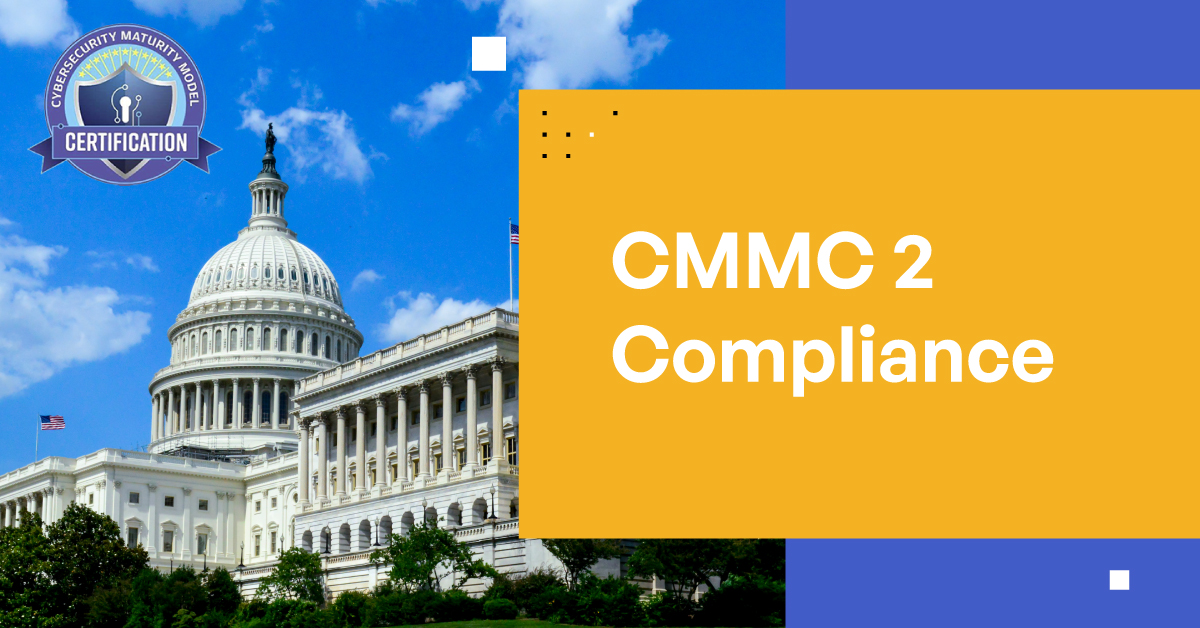The Essential Guide to Achieving CMMC Level 2 Compliance: Protecting Controlled Unclassified Information (CUI)
In today’s digital landscape, the protection of Controlled Unclassified Information (CUI) is paramount for organizations within the Defense Industrial Base (DIB). The Cybersecurity Maturity Model Certification (CMMC) framework, established by the Department of Defense (DoD), mandates a unified standard for implementing cybersecurity across the DIB, including contractors and suppliers. Achieving CMMC Level 2 compliance is not just a regulatory hurdle but a strategic step toward safeguarding sensitive information and securing the defense supply chain. This guide provides a comprehensive overview of CMMC Level 2 compliance, offering step-by-step strategies to ensure your organization meets these critical requirements.
Understanding CMMC Level 2 Compliance
CMMC Level 2 serves as a transitional stage for organizations progressing from basic to intermediate cybersecurity hygiene. It aligns with the protection of CUI, requiring organizations to implement 110 security practices across 17 domains, adhering to the requirements specified in NIST SP 800-171. Achieving Level 2 certification signifies that an organization has established and documented standard operating procedures, policies, and strategic plans to protect CUI.
Understanding CMMC Level 2 Compliance
CMMC Level 2 serves as a transitional stage for organizations progressing from basic to intermediate cybersecurity hygiene. It aligns with the protection of CUI, requiring organizations to implement 110 security practices across 17 domains, adhering to the requirements specified in NIST SP 800-171. Achieving Level 2 certification signifies that an organization has established and documented standard operating procedures, policies, and strategic plans to protect CUI.
Understanding CMMC Level 2 Compliance
Craft comprehensive policies and procedures that align with CMMC requirements. Documentation should cover all 17 domains, including Access Control, Incident Response, and Risk Management. Clearly articulate roles, responsibilities, and processes for protecting CUI.
Understanding CMMC Level 2 Compliance
Based on the gap analysis, systematically implement the necessary security controls. This may involve technological upgrades, such as encryption for data at rest and in transit, and administrative measures, like enhanced user training and incident response drills.
CMMC Level 2 emphasizes the maturity of your cybersecurity program. Ensure that cybersecurity practices are integrated into daily operations, with continuous monitoring and improvement processes in place. Regular training sessions and drills can help institutionalize these practices.
Before undergoing the official CMMC assessment, perform rigorous internal audits to test your compliance readiness. Use these audits as opportunities to refine your cybersecurity measures and documentation further.
Once ready, engage a CMMC Third Party Assessment Organization (C3PAO) to conduct your official assessment. Provide comprehensive access to your documentation, practices, and personnel to facilitate a smooth evaluation process.
Small and medium-sized enterprises may find the financial and operational demands of achieving Level 2 compliance daunting.
Tackle high-impact controls first and consider phased implementation. Seek government grants or industry partnerships that offer financial assistance for cybersecurity upgrades.
Ongoing compliance can be as challenging as achieving it initially, given the evolving nature of cyber threats.
Implement a continuous monitoring strategy and regularly update your cybersecurity practices. Engage in community sharing of threats and defenses to stay ahead of potential vulnerabilities.
Achieving CMMC Level 2 compliance is a critical step for organizations in the DIB sector to protect CUI and secure their position within the defense supply chain. By following the strategies outlined in this guide, organizations can navigate the complexities of compliance, ensuring they meet DoD requirements and contribute to the overarching goal of national security.
